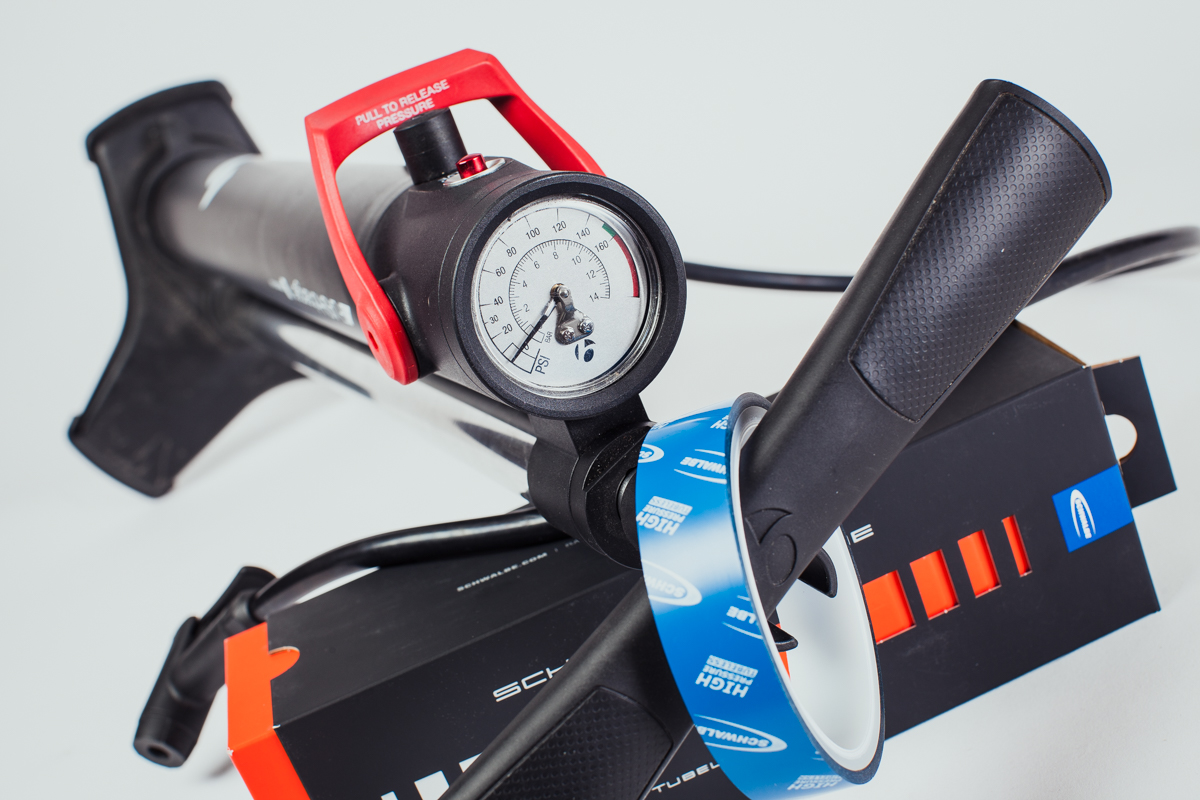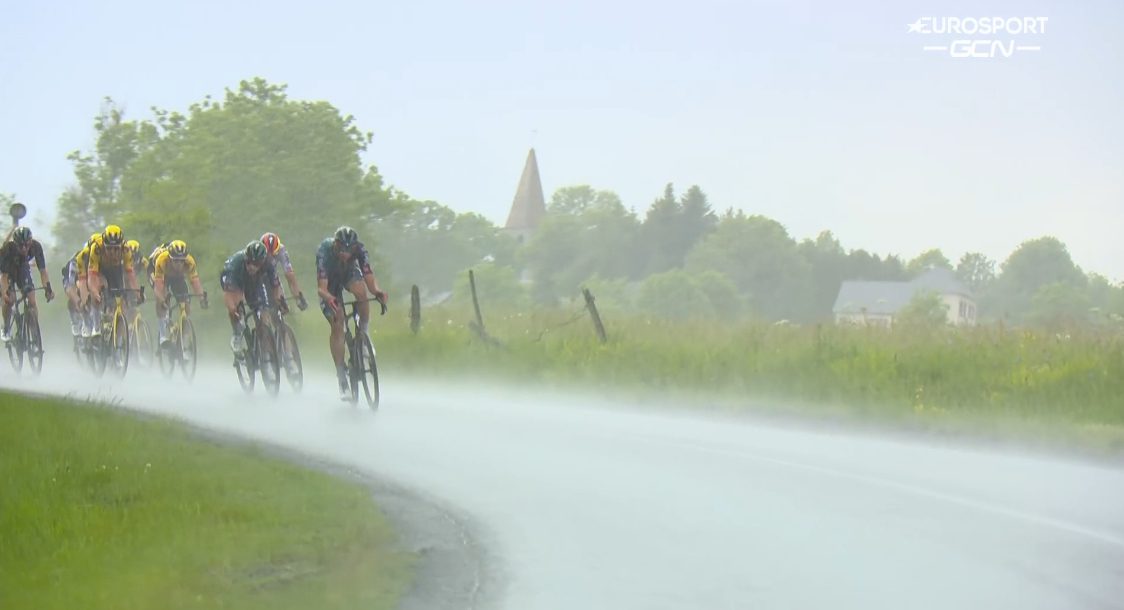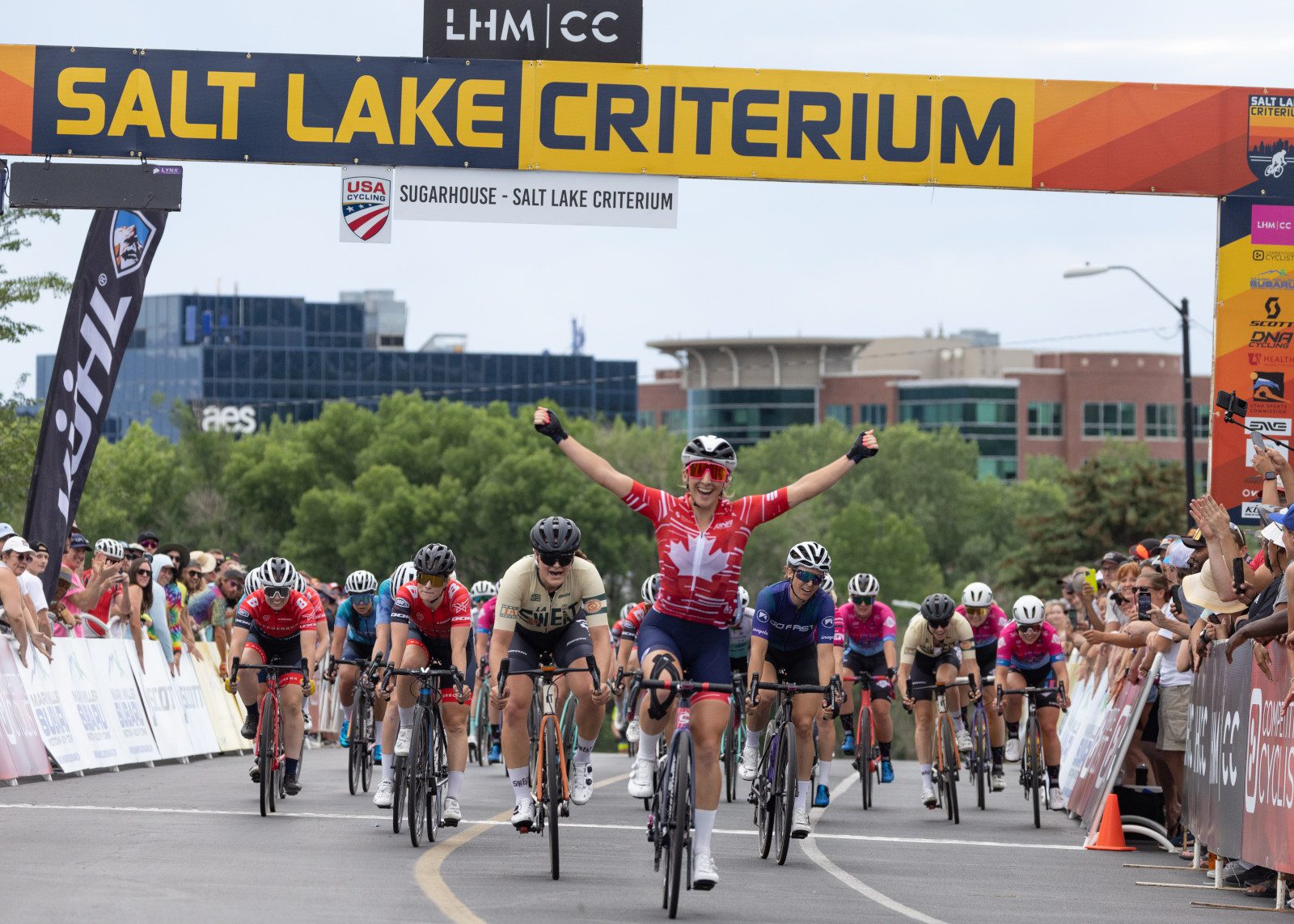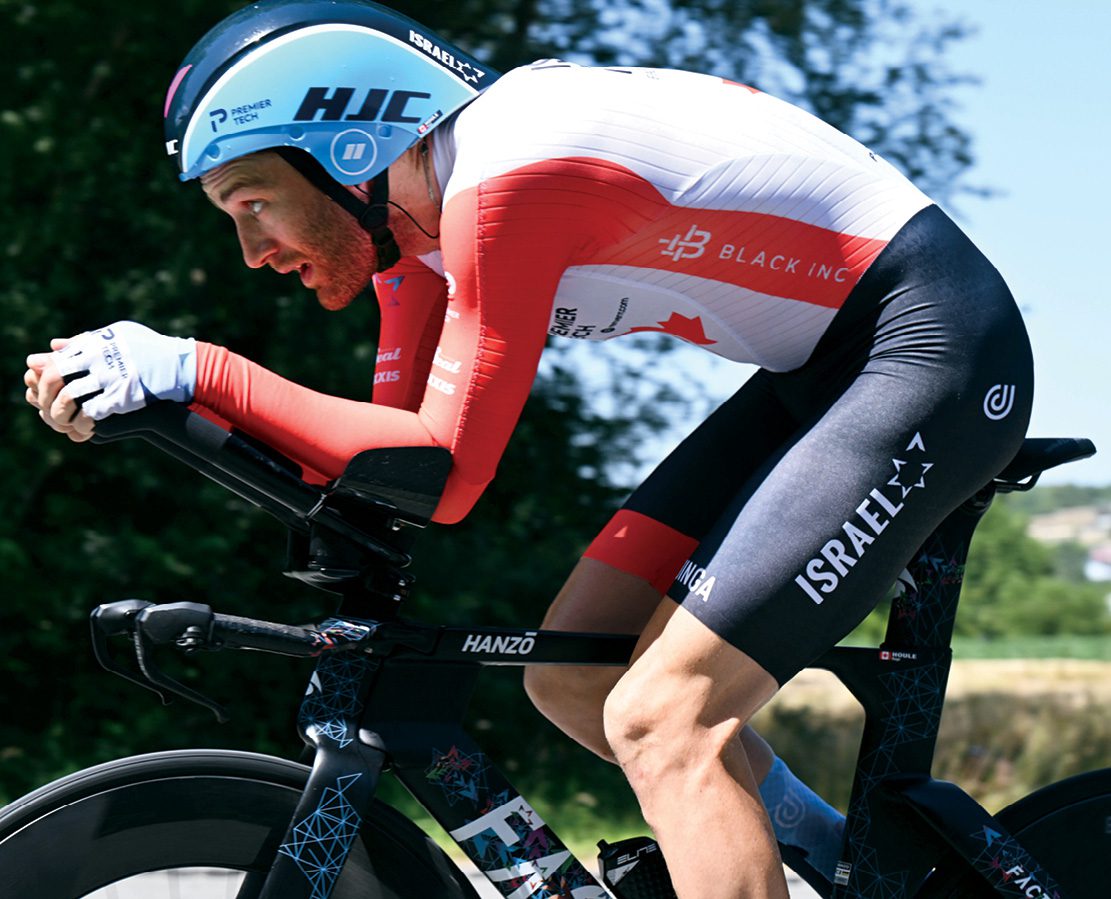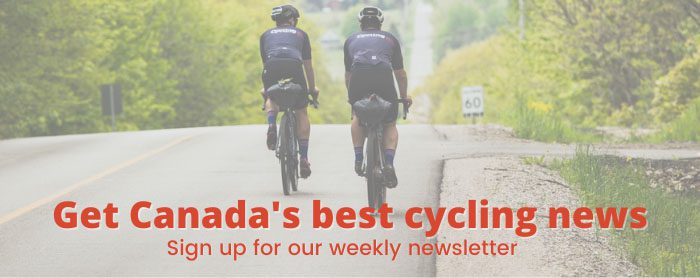Road bike tire pressure guide: Tailoring to various events and conditions
Different situations call for different pressures
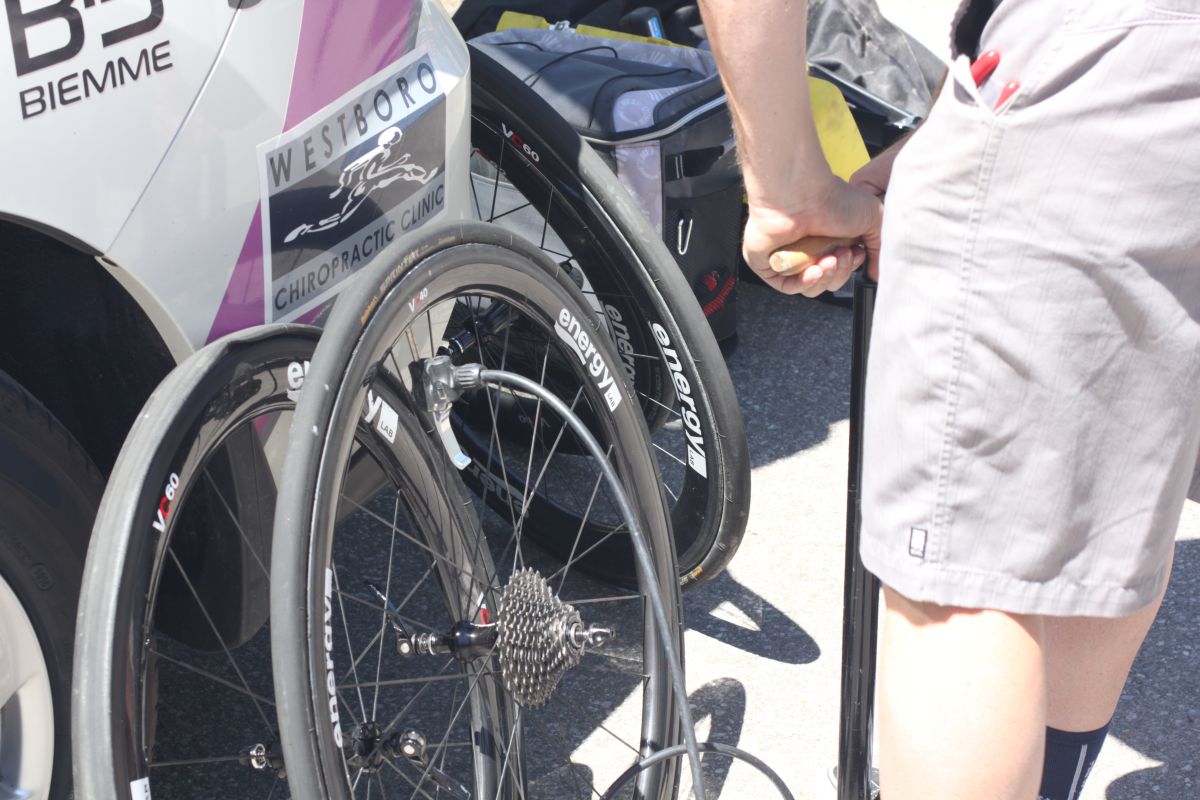
Having the right amount of air in your tires is important for various reasons. It can affect performance, handling and comfort. But different situations call for different pressures, says Nick Di Cristofaro, an experienced bike mechanic and the service manager at Forza Performance.
Factors that can affect pressure
Everyone and every ride is different, Di Cristofaro explains, so you need to consider several things.
1. Rider’s weight
“Heavier riders may need higher tire pressure to support their weight and prevent pinch flats,” Di Cristofaro says.
2. Terrain
The mechanic notes that riding on rougher and bumpier roads may require lower tire pressure for better traction and a smoother ride, so consider your riding surface.
3. Tire size
Different tire sizes have recommended pressure ranges, and the appropriate pressure may vary.
4. Weather conditions
In colder weather, tire pressure can decrease, so you may need to add more air to compensate.
5. Rim choice
Whether you have hooked or hookless rims will affect your tire pressure choice, he adds. “Hookless rims require much less pressure. Overinflating a tire on a hookless rim can lead to it blowing off, which is very dangerous.”
6. Clincher or tubeless
You can run much lower pressure with tubeless tires without sacrificing speed and durability. “Check the manufacturer’s recommendations for your specific tires and consider these factors to find the optimal tire pressure for your ride,” Di Cristofaro advises.
Rainy days
If you’re heading out to a race or ride and the roads are slick, what does that mean for your tire pressure? Should you reduce it? And by how much?
“Generally speaking, I recommend slightly reducing your bicycle tire pressure to improve traction and grip on wet surfaces. A common rule of thumb is to decrease the tire pressure by five to 10 pounds per square inch (p.s.i.) from your usual pressure. However, this may vary depending on factors like your weight, tire width and riding style,” he explains. “Lowering the tire pressure increases the contact patch of the tire with the road, which can help enhance traction and reduce the risk of slipping on wet surfaces. Be cautious not to lower the pressure too much, as extremely low pressure can lead to a higher risk of pinch flats or rim damage.”
Optimal pressure for races with sharp bends
What about someone doing a criterium with twists and turns? If they’re using, let’s say, a 28-mm tire, what’s the ideal pressure?
“The ideal tire pressure can vary depending on the rider’s weight and preference. However, a general starting point for many riders would be to use a tire pressure in the range of 80-95 p.s.i. for the front tire and 85-100 p.s.i. for the rear tire if you’re using clinchers. If you’re using a hookless/tubeless setup, I’d say up to 72 p.s.i.,” he says. “However, it’s crucial to consider other factors such as weather conditions, road surface, and your own comfort and handling preferences. It’s best to test pressures for yourself and your own setup before using them in a race while staying within the tire/rim manufacturer’s recommended range.”
Does it change for a road race with fewer turns?
“You want to consider the factors I mentioned, such as rider weight, road conditions, tire size, and personal preferences,” he says. “However, a general guideline for road racing with standard 25-28 mm tires is to use a tire pressure in the range of 85-100 PSI for the front tire and 90-105 PSI for the rear tire for clinchers on hooked rims.”
Bumpy roads
If the course surface is uneven, should I let a bit of air out? How much?
“Reducing tire pressure can be beneficial if the road is bumpier. Lowering the tire pressure increases the tire’s ability to absorb vibrations and impacts, providing a smoother and more comfortable ride,” Di Cristofaro says. “When riding on bumpy roads, you may experience less jarring and better traction with slightly lower tire pressure. The increased contact patch of the tire with the road helps improve grip and stability, especially on uneven surfaces. However, it’s essential to strike a balance because excessively low tire pressure can lead to increased rolling resistance and reduced overall efficiency. It may also increase the risk of pinch flats or damaging the rims if the tire bottoms out on rough terrain.”
Time trials
If you’re heading out for a time trial, how hard should you pump up your tires?
“This will depend on the tire and wheel setup on the bike. As a starting point, if you’re using clinchers, many time triallists use tire pressures in the range of 100-120 p.s.i.,” he recommends. “The higher tire pressure helps reduce rolling resistance, which is crucial for time trials where aerodynamics and speed are essential.”
